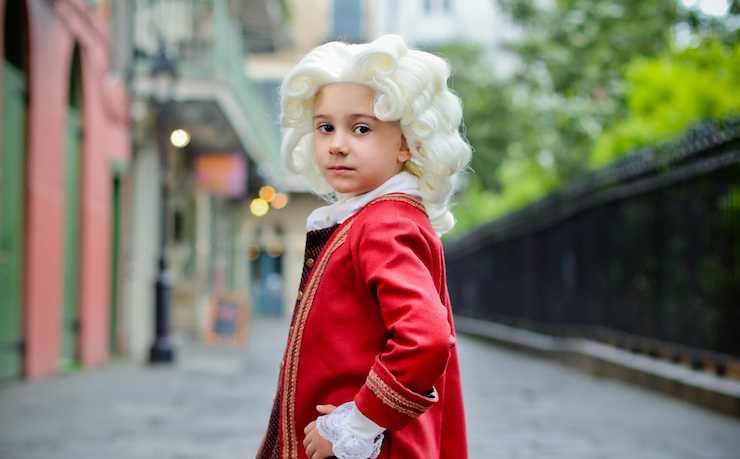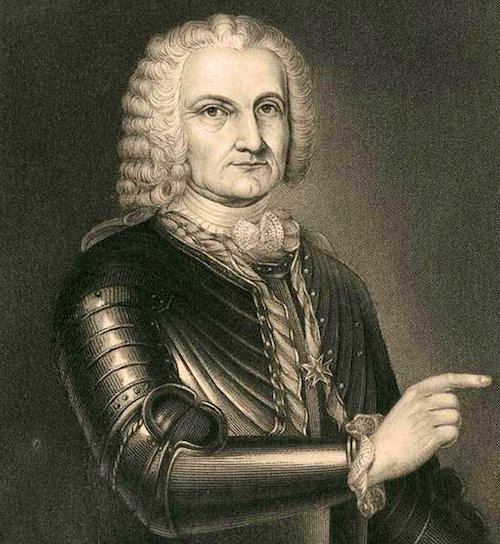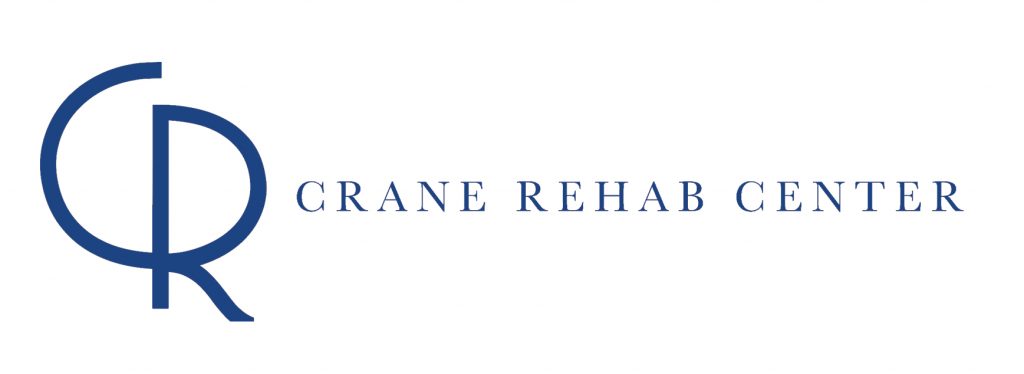
Celebrating the New Orleans Tricentennial with Le Moyne de Bienville
February 23,1680 – March 7,1767
At the youthful age of 12, Jean-Baptiste Le Moyne de Bienville joined the Royal Navy of France to sail with his older brother, Pierre Le Moyne d’Iberville. Iberville, fresh from his exploits against the English, was charged with leading the French exploration and colonization of the Mississippi Delta. Together with their group they headed westward along the coast, following a strong current of fresh water that flowed between piles of driftwood, and made their way into the great river on March 2, 1699. They were the first Europeans to enter the Mississippi from the open sea.
During Bienville’s exploits with his brother, he demonstrated an exceptional ability to learn native languages and negotiate with local Bayogoula and Houma Indians. In fact, he was so enthralled with the Native Americans he encountered that, according to Robert Ticknor of the Historic New Orleans Collection and Williams Research Center, he tattooed most of his torso with designs of local tribes.
In 1699 Iberville returned briefly to France, leaving the garrison in Biloxi under Sieur de Sauvolle’s command. As second-in-command, a teenaged Bienville, using equal parts bluffing and bravado, famously turned back an English warship. He sent them running with only five men and two canoes (and this is how English Turn was named). Bienville was such a natural leader and diplomat that he quickly became invaluable to France’s mission to colonize the region and when Sauvolle died of yellow fever in 1701, a 21 yaer-old Bienville assumed command.
Within time, upkeep of the state became the main focus for Bienville when exploration of the New Orleans area died down. Neglect and waning interest by France in Louisiana left Bienville poorly supplied and the colony the target of attacks. Fortunately, his natural leadership capabilities helped to overcome the famine, Spanish hostility and neglect.
Throughout the different hurdles to keep the Louisiana colony alive, Bienville was constantly on the lookout for something more. He eventually discovered a crescent bend in the Mississippi River deemed safe from extreme weather and hurricanes. He proposed that the new capital of the colony, which he named “La Nouvelle-Orléans” (in honor of the Duke of Orléans, the Prince Regent of France) be built there. Permission was granted by France, and Bienville founded New Orleans on May 7, 1718.
In 1721, Adrien de Pauger, an assistant engineer, drew up the eleven-by-seven block rectangle now known as the French Quarter or the Vieux Carré. Bienville soon moved into his new home on the site of what is now the Custom House, and New Orleans became the capital of French Louisiana by 1723, during his third term as Governor.
Jean-Baptiste Le Moyne de Bienville kept the colony alive at its weakest moments, and most importantly believed that the city had potential to thrive even with unorthodox styles and environments not typically praised by conventional settlers of the time. He gave the people who had chosen to make the New Orleans hope for a better future.
Actress Piper Blair, six years old, founds the city as Bienville. Photo by Twirl Photography.



